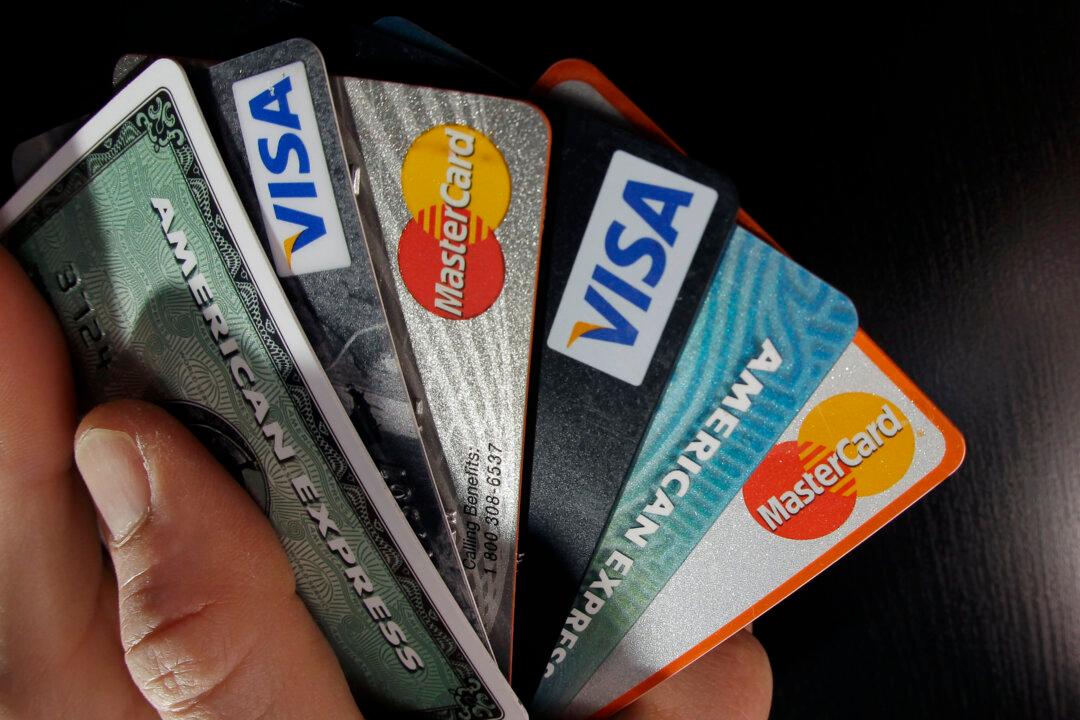NEW YORK—The biggest months for adding and dropping credit cards are December and January, so now’s the time to make sure that $95 annual fee is really worth it.
Chances are, it’s not.

NEW YORK—The biggest months for adding and dropping credit cards are December and January, so now’s the time to make sure that $95 annual fee is really worth it.
Chances are, it’s not.